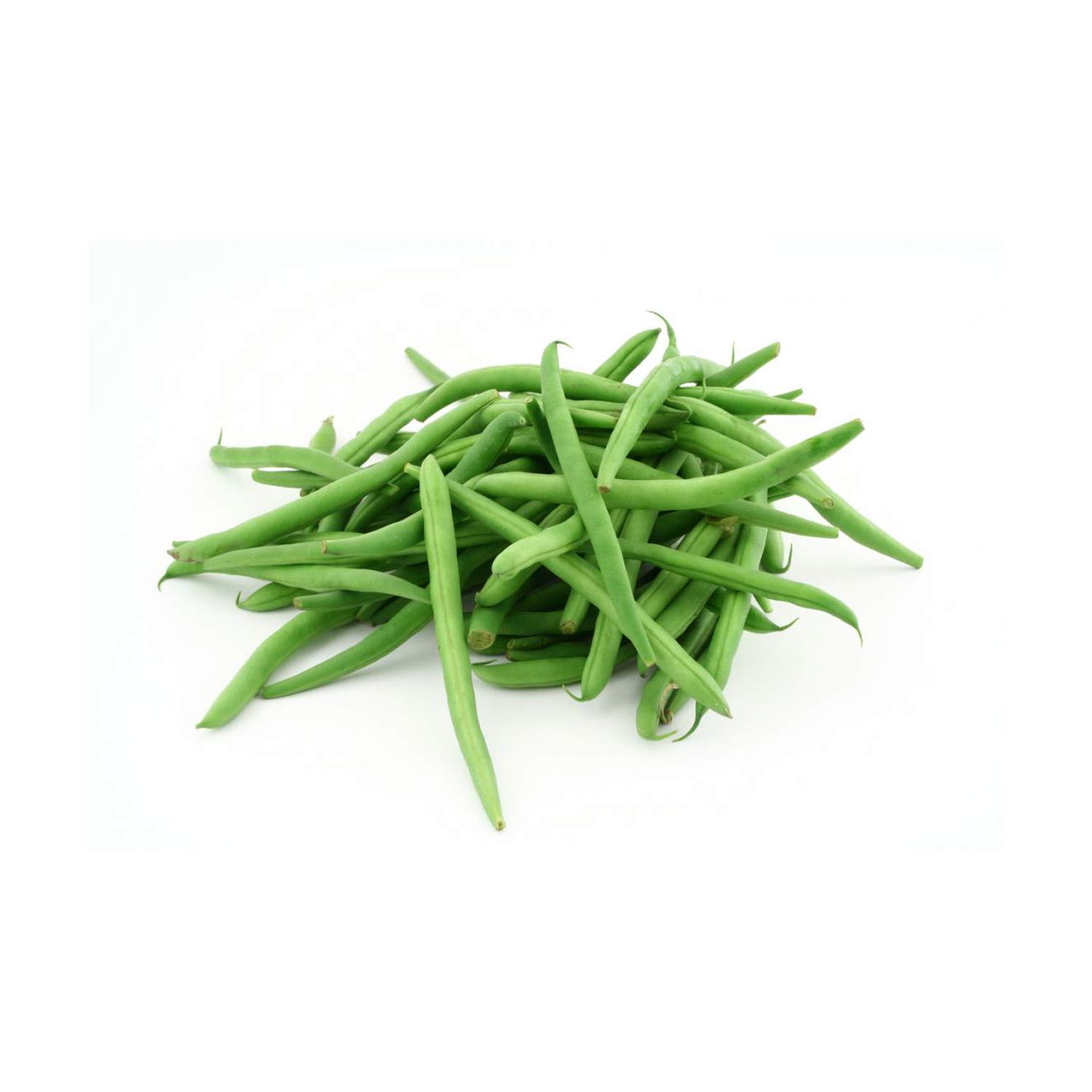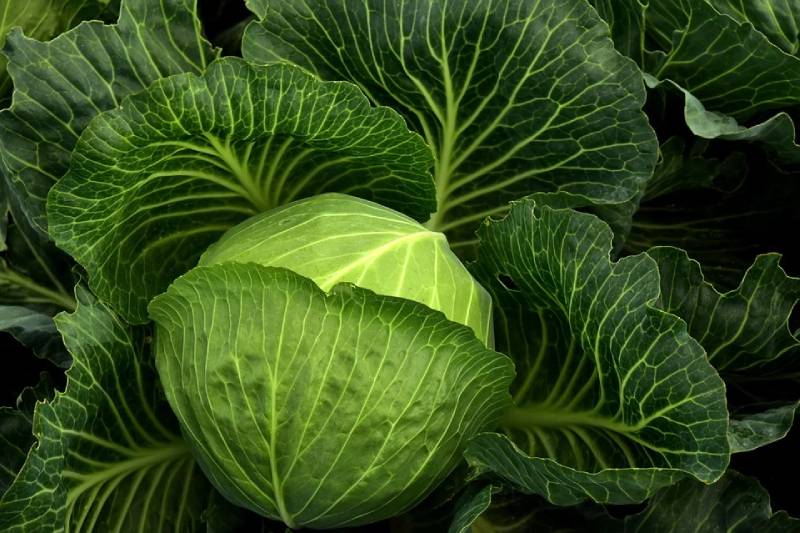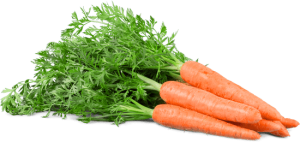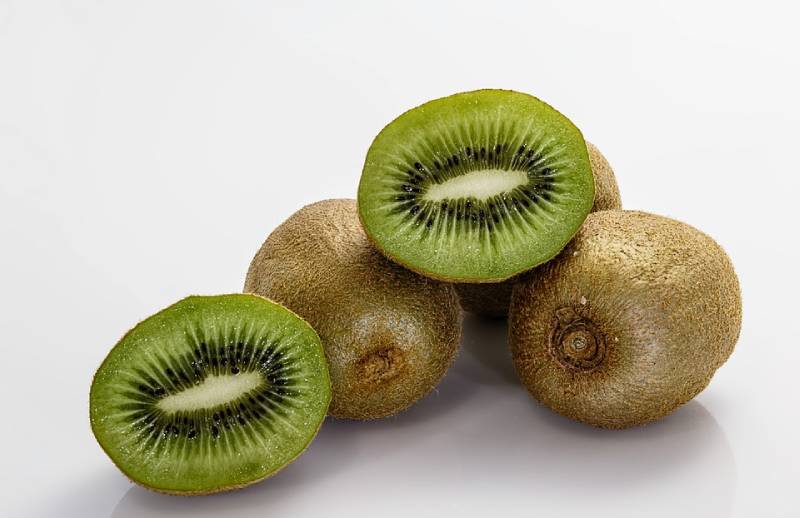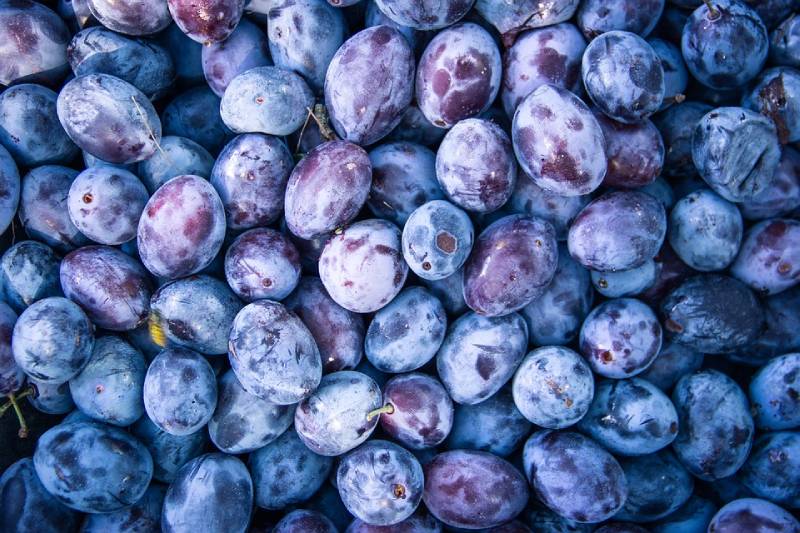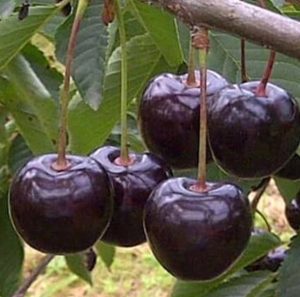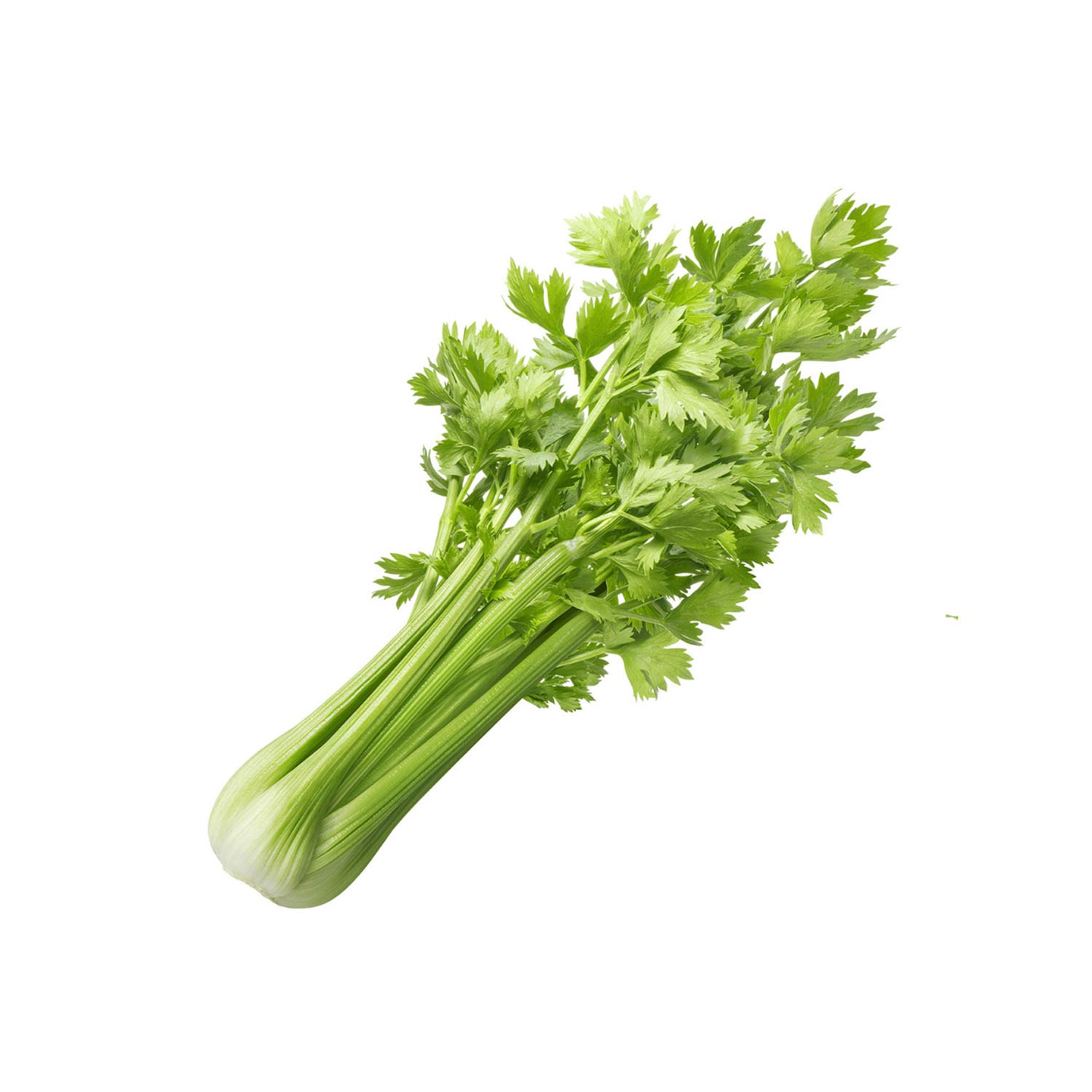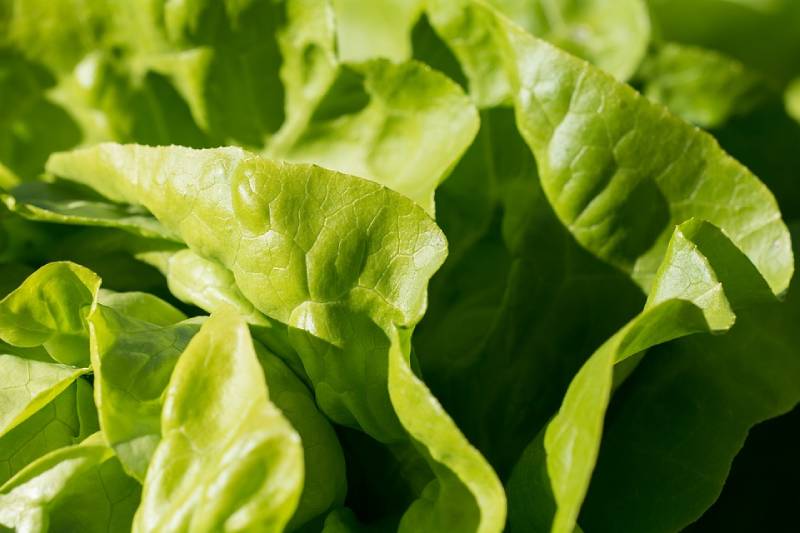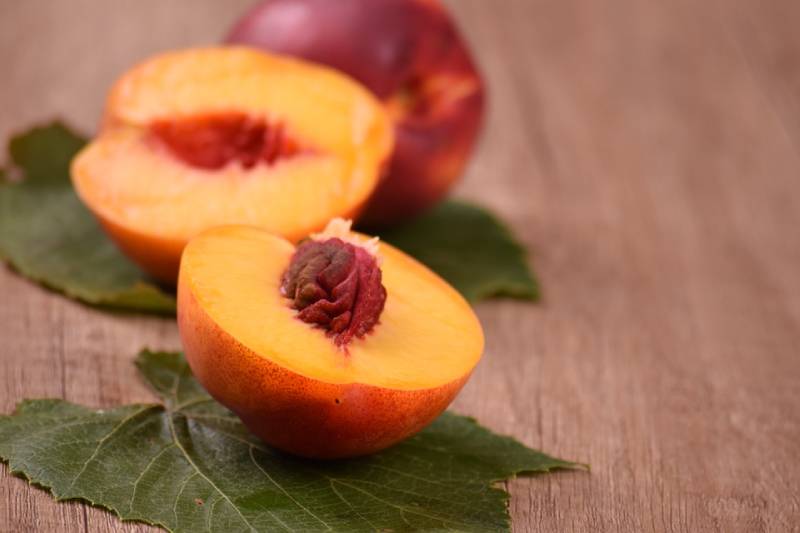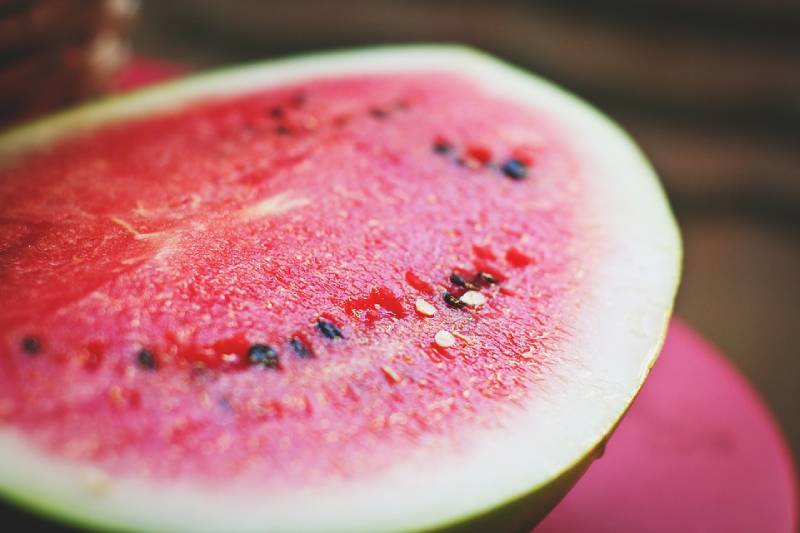Bringing Nutritious Greens to Global Markets
Fresh spinach is a highly nutritious and versatile vegetable that has become a staple in many diets worldwide. With its impressive health benefits and culinary flexibility, the demand for fresh spinach continues to grow steadily. For businesses that rely on consistent access to high-quality greens, partnering with trusted fresh spinach importers is essential. In this article, we explore the role of spinach importers and offer tips on how to choose the right supplier for your needs.
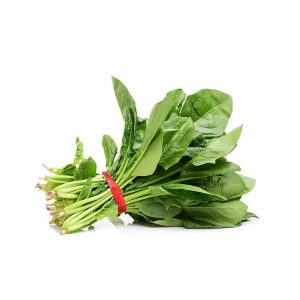

Why Fresh Spinach is in High Demand Globally
Fresh spinach is packed with essential nutrients like vitamins A, C, and K, as well as iron, folate, and antioxidants. Consequently, it has become a popular choice for health-conscious consumers. Moreover, its versatility in the kitchen—whether used in salads, smoothies, or cooked dishes—also contributes to its growing demand worldwide. As more people prioritize healthy eating, fresh spinach importers play a vital role in supplying this nutritious vegetable to global markets.
1. Health Benefits of Fresh Spinach
Spinach is a nutrient powerhouse. For instance, it is rich in iron, which is vital for healthy blood circulation and energy production. In addition, the high levels of antioxidants in spinach help reduce inflammation and support heart health. Furthermore, spinach provides a significant amount of fiber, aiding digestion and promoting a healthy gut. Together, these health benefits contribute to its rising popularity across various consumer groups.
2. Versatility in Cooking
Fresh spinach’s mild flavor and tender texture make it a versatile ingredient for numerous dishes. Whether eaten raw in salads, blended into smoothies, or sautéed as a side dish, spinach remains a key component in many cuisines. Because of its adaptability across different cooking styles, it has become a sought-after product in both home kitchens and commercial food services.
How to Choose the Right Fresh Spinach Importer
Selecting the right fresh spinach importer is crucial for businesses that want to maintain a steady supply of high-quality produce. Below are some key factors to consider when choosing an importer:
1. Quality and Freshness
The quality and freshness of spinach are essential for preserving its flavor and nutritional content. Therefore, leading fresh spinach importers ensure that their products are harvested at the peak of freshness and shipped under optimal conditions. Moreover, timely delivery is important to maintain the quality of spinach, especially given its perishable nature. Thus, be sure to choose an importer with a proven track record of reliable shipping and high-quality produce.
2. Sustainable Sourcing Practices
Sustainability is increasingly important to both consumers and businesses. Many fresh spinach importers focus on sourcing from farms that follow organic or eco-friendly practices. This includes using minimal pesticides, promoting soil health, and ensuring that farming methods have a minimal environmental impact. By working with importers who prioritize sustainable practices, businesses can better meet consumer demand for responsibly sourced products.
3. Competitive Pricing and Reliable Delivery
For businesses, competitive pricing and reliable delivery are key factors in choosing a fresh spinach importer. Trusted importers offer fair prices and ensure that spinach is delivered on time and in good condition. Additionally, importers who provide bulk buying options or flexible shipping solutions can help businesses manage costs while maintaining quality.


